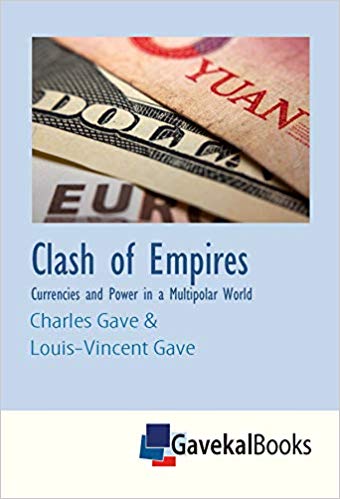Charles Gave
Charles undertook his graduate studies in Toulouse in economics and then received an MBA from SUNY Binghamton. He started his financial market career at the Banque de Suez in 1970. In 1974, he left to create Cecogest, an independent research firm providing institutional investors advice on tactical asset allocation. In 1981, he moved to London where he established Cursitor-Eaton Asset Management, a money management firm where he was CIO. In 1995, when Cursitor-Eaton had reached US$10bn in assets under management, Charles and his partners sold the firm to Alliance Capital, where he remained until 1999. In 2000, Charles launched Gavekal in Hong Kong with his son Louis-Vincent and friend Anatole Kaletsky. The key driver behind Gavekal was the idea that China was set to be an ever-bigger part of the global economy and financial markets. Charles moved to Hong Kong in 2003 and remained there until 2015, when he moved back to France.
In his spare time, Charles reads and sometimes writes books. His first book, Des Lions Menes Par des Anes, written in 2001 at the time of the euro’s launch, was a best seller in France and has gone through several re-prints. His first book written in English, Our Brave New World (co-authored with Louis), published in 2005, was a top-100 seller on Amazon that year. His latest book, Clash of Empires: Currencies and Power in a Multipolar World, also written with Louis, reviews the investment consequences of the breakdown in the US-China relationship.
When he is not reading or writing Charles can be found on the side of the pitch of the Biarritz Olympique Pays Basque, the professional rugby team he owns with his son Louis, and which he hopes will soon return to its glorious recent past.
Charles has been married to Chantal since 1966. Together they have 4 children and 11 grandchildren.
Charles Gave's Articles
